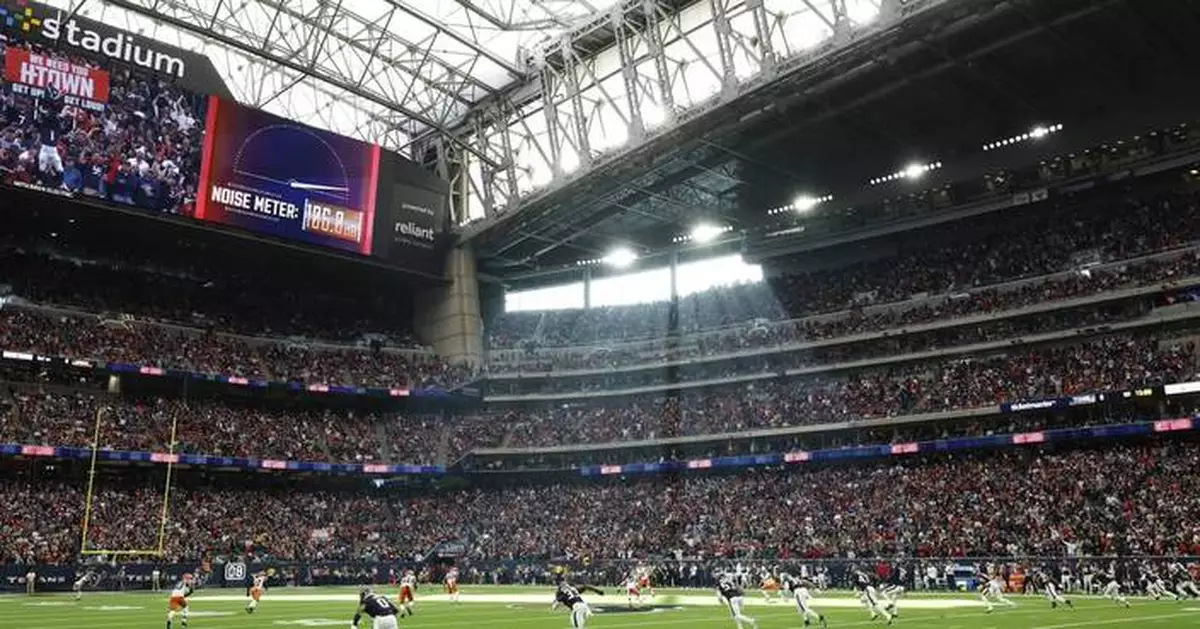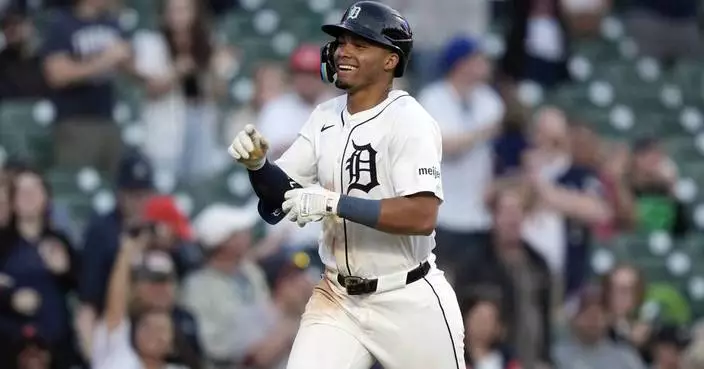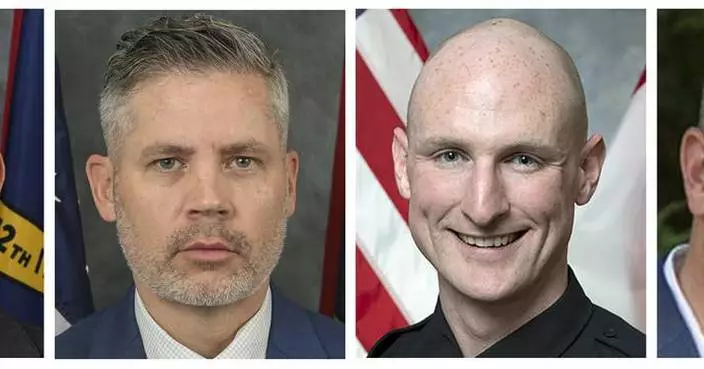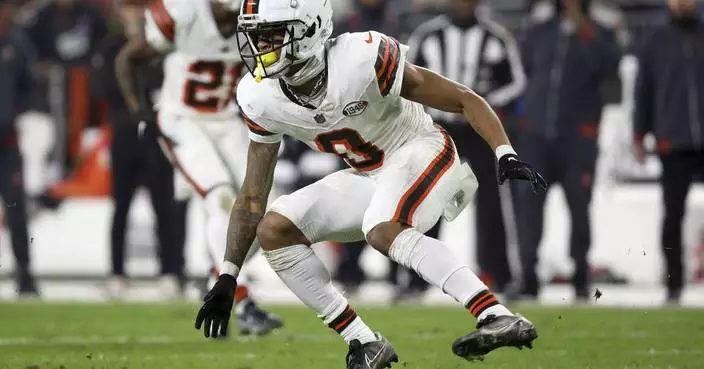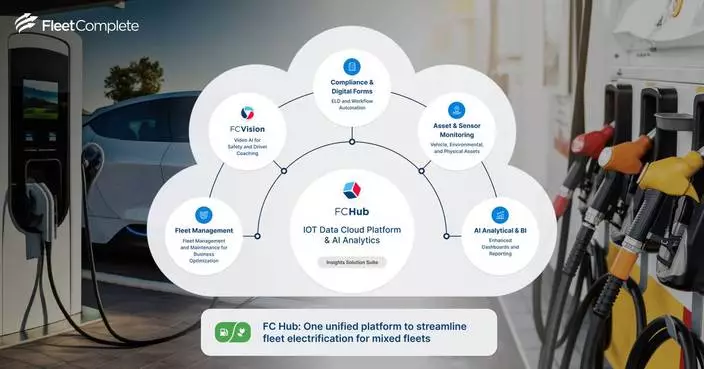NFL owners were busy this week, approving a series of rule changes that address player safety, overhaul the kickoff and expand the use of instant replay.
While the changes were all overwhelmingly approved they don't come without some level of controversy, with many players opposing the ban on the use of the “ swivel hip-drop” tackle and many questions about how the rules will be enforced and the impact they will have on games.
The most significant change revolves around the kickoff that has gone from one of the more exciting plays with game-breakers like Devin Hester threatening to take a kick back 100 yards for a score to one with almost no action after most kicks resulted in no returns last season.
Here's an explanation of some of the rules that will be in place this fall.
Basically everything.
Owners agreed to a one-year trial of a radical change on kickoffs with a new system borrowed heavily from what was used in the XFL spring league.

NFL commissioner Roger Goodell addresses reporters at the end of the NFL owners meetings, Tuesday, March 26, 2024, in Orlando, Fla. (AP Photo/Phelan M. Ebenhack)
The changes were made in hopes of limiting the high-speed collisions that made kickoffs so dangerous while incentivizing more returns after a sharp rise in touchbacks in recent years.
Standard kicks will still begin from the 35 but everything else will look different.
The 10 kick coverage players will line up at the opposing 40, with five on each side of the field.
The return team will have at least nine blockers lined up in the “set up zone” between the 30- and 35-yard line with at least seven of those players touching the 35. Up to two returners will be allowed inside the 20.
Only the kicker and two returners will be allowed to move until the ball hits the ground or is touched by a returner inside the 20.
Any kick that reaches the end zone in the air can be returned, or the receiving team can opt for a touchback and possession at the 30. Any kick that reaches the end zone in the air and goes out of bounds or out of the end zone also will result in a touchback at the 30.
If a ball hits a returner or the ground before the end zone and goes into the end zone, a touchback will be at the 20 or the kick can be returned. Any kick received in the field of play must be returned.

FILE - The opening kickoff in a general stadium view during an NFL wild-card playoff football game, Jan. 13, 2024, in Houston. The NFL competition committee is proposing a rule to penalize so-called “hip-drop” tackles and a radical change to kickoffs to add more returns without compromising safety. (AP Photo/Matt Patterson, File)
If a kick goes out of bounds before the end zone or doesn't reach the landing zone, the return team gets the ball at the 40.
Under current rules, any touchback — or if a returner calls for a fair catch in the field of play — results in the receiving team getting the ball at its 25.
Kickoff returns were becoming obsolete after a series of rule changes to make them safer — and rarer — over the past several seasons.
Last season led to a new low with just 21.8% of all kicks being returned as both kicking and receiving teams too often opted to avoid the risk of a possible return. Only four kicks were returned for touchdowns for the lowest total since 1993 — just one more than Jacoby Ford had by himself for the Raiders as recently as 2010.
The return rate had a significant drop from 37.5% in 2022 and is down from 80% in 2010 before a series of rule changes on alignment, blocking techniques and the touchback eroded those numbers. The XFL had a 97% return rate on kickoffs in the 2023 season.
The changes were put in place because kickoffs were the most dangerous plays with the high-speed collisions contributing to concussions.
The hope is the new rule will increase the number of returns without making it more dangerous as the new return will be more similar to a regular running play than the old version.
The change also could provide a boost in scoring after the second-lowest scoring season since 2009. Points per game have dropped by a combined six points since 2020 but the new kickoff rule could lead to better field position and more points. Teams started the average possession after a kickoff 25.5 yards from their own end zone. That was as high as the 29 in 2002 when kickoffs played a much bigger role.
The new rules eliminate the possibility of surprise onside kicks like the one that famously turned the tide in Super Bowl 44 when New Orleans stole an extra possession by recovering an onside kick to open the second half against Indianapolis.
Trailing teams will have to declare their intention to attempt an onside kick in the fourth quarter and those will be conducted under the same rules that had previously been in place.
The surprise onside kick isn't a common practice, with only one being attempted all last season when Denver had an unsuccessful attempt on the opening kick of the season against Las Vegas.
In all, there have been five successful onside kicks in the first three quarters of games in the past five seasons.
The other big rule change was the ban on a dangerous type of tackle called the “swivel hip drop.”
NFL executive Jeff Miller said the tackle was used 230 times last season and resulted in 15 players missing time with injuries. It will now result in a 15-yard personal foul penalty if officials spot it on the field or fines the following week.
A violation will occur if a defender “grabs the runner with both hands or wraps the runner with both arms and unweights himself by swiveling and dropping his hips and/or lower body, landing on and trapping the runner’s leg(s) at or below the knee.”
There were 212 unnecessary roughness calls last season in the regular season and playoffs so this could lead to a significant increase unless defenders curb their behavior.
Some of the other notable changes involved tweaks to the instant replay system. Teams now get a third challenge if one of their first two challenges is successful — instead of both — and a few more types of plays are subject to replay. There were less than a dozen games in the regular season and playoffs last season when a coach used both challenges and was successful on only one.
Replay can now determine whether a snap got off before the game clock expired, can advise officials on the field on certain elements of roughing the passer and intentional grounding and can overrule an incorrect call on the field that a passer was down or out of bounds before throwing a pass.
AP NFL: https://apnews.com/hub/nfl
WASHINGTON (AP) — The U.S. Drug Enforcement Administration is moving toward reclassifying marijuana as a less dangerous drug. The Justice Department proposal would recognize the medical uses of cannabis, but wouldn't legalize it for recreational use.
The proposal would move marijuana from the “Schedule I” group to the less tightly regulated “Schedule III."
So what does that mean, and what are the implications?
Technically, nothing yet. The proposal must be reviewed by the White House Office of Management and Budget, and then undergo a public-comment period and review from an administrative judge, a potentially lengthy process.
Still, the switch is considered “paradigm-shifting, and it’s very exciting,” Vince Sliwoski, a Portland, Oregon-based cannabis and psychedelics attorney who runs well-known legal blogs on those topics, told The Associated Press when the federal Health and Human Services Department recommended the change.
“I can’t emphasize enough how big of news it is,” he said.
It came after President Joe Biden asked both HHS and the attorney general, who oversees the DEA, last year to review how marijuana was classified. Schedule I put it on par, legally, with heroin, LSD, quaaludes and ecstasy, among others.
Biden, a Democrat, supports legalizing medical marijuana for use “where appropriate, consistent with medical and scientific evidence,” White House press secretary Karine Jean-Pierre said Thursday. “That is why it is important for this independent review to go through.”
No. Schedule III drugs — which include ketamine, anabolic steroids and some acetaminophen-codeine combinations — are still controlled substances.
They're subject to various rules that allow for some medical uses, and for federal criminal prosecution of anyone who traffics in the drugs without permission.
No changes are expected to the medical marijuana programs now licensed in 38 states or the legal recreational cannabis markets in 23 states, but it's unlikely they would meet the federal production, record-keeping, prescribing and other requirements for Schedule III drugs.
There haven't been many federal prosecutions for simply possessing marijuana in recent years, even under marijuana’s current Schedule I status, but the reclassification wouldn't have an immediate impact on people already in the criminal justice system.
“Put simple, this move from Schedule I to Schedule III is not getting people out of jail,” said David Culver, senior vice president of public affairs at the U.S. Cannabis Council.
But rescheduling in itself would have some impact, particularly on research and marijuana business taxes.
Because marijuana is on Schedule I, it's been very difficult to conduct authorized clinical studies that involve administering the drug. That has created something of a Catch-22: calls for more research, but barriers to doing it. (Scientists sometimes rely instead on people’s own reports of their marijuana use.)
Schedule III drugs are easier to study, though the reclassification wouldn't immediately reverse all barriers to study.
“It’s going to be really confusing for a long time,” said Ziva Cooper, director of the University of California, Los Angeles Center for Cannabis and Cannabinoids. “When the dust has settled, I don’t know how many years from now, research will be easier.”
Among the unknowns: whether researchers will be able to study marijuana from state-licensed dispensaries and how the federal Food and Drug Administration might oversee that.
Some researchers are optimistic.
“Reducing the schedule to schedule 3 will open up the door for us to be able to conduct research with human subjects with cannabis,” said Susan Ferguson, director of University of Washington’s Addictions, Drug & Alcohol Institute in Seattle.
Under the federal tax code, businesses involved in “trafficking” in marijuana or any other Schedule I or II drug can't deduct rent, payroll or various other expenses that other businesses can write off. (Yes, at least some cannabis businesses, particularly state-licensed ones, do pay taxes to the federal government, despite its prohibition on marijuana.) Industry groups say the tax rate often ends up at 70% or more.
The deduction rule doesn't apply to Schedule III drugs, so the proposed change would cut cannabis companies' taxes substantially.
They say it would treat them like other industries and help them compete against illegal competitors that are frustrating licensees and officials in places such as New York.
“You’re going to make these state-legal programs stronger,” says Adam Goers, of The Cannabist Company, formerly Columbia Care. He co-chairs a coalition of corporate and other players that’s pushing for rescheduling.
It could also mean more cannabis promotion and advertising if those costs could be deducted, according to Beau Kilmer, co-director of the RAND Drug Policy Center.
Rescheduling wouldn't directly affect another marijuana business problem: difficulty accessing banks, particularly for loans, because the federally regulated institutions are wary of the drug's legal status. The industry has been looking instead to a measure called the SAFE Banking Act. It has repeatedly passed the House but stalled in the Senate.
Indeed, there are, including the national anti-legalization group Smart Approaches to Marijuana. President Kevin Sabet, a former Obama administration drug policy official, said the HHS recommendation “flies in the face of science, reeks of politics” and gives a regrettable nod to an industry “desperately looking for legitimacy.”
Some legalization advocates say rescheduling weed is too incremental. They want to keep the focus on removing it completely from the controlled substances list, which doesn't include such items as alcohol or tobacco (they're regulated, but that's not the same).
Paul Armentano, the deputy director of the National Organization for the Reform of Marijuana Laws, said that simply reclassifying marijuana would be “perpetuating the existing divide between state and federal marijuana policies.” Kaliko Castille, a past president of the Minority Cannabis Business Association, said rescheduling just "re-brands prohibition," rather than giving an all-clear to state licensees and putting a definitive close to decades of arrests that disproportionately pulled in people of color.
“Schedule III is going to leave it in this kind of amorphous, mucky middle where people are not going to understand the danger of it still being federally illegal,” he said.
This story has been corrected to show that Kaliko Castille is a past president, not president, of the Minority Cannabis Business Association and that Columbia Care is now The Cannabist Company.

Cloud 9 Cannabis employee Beau McQueen, right, helps a customer, Saturday, April 13, 2024, in Arlington, Wash. The shop is one of the first dispensaries to open under the Washington Liquor and Cannabis Board's social equity program, established in efforts to remedy some of the disproportionate effects marijuana prohibition had on communities of color. (AP Photo/Lindsey Wasson)

Budtender Rey Cruz weighs cannabis for a customer at the Marijuana Paradise on Friday, April 19, 2024, in Portland, Ore. (AP Photo/Jenny Kane)

FILE - Marijuana plants are seen at a secured growing facility in Washington County, N.Y., May 12, 2023. The U.S. Drug Enforcement Administration will move to reclassify marijuana as a less dangerous drug, a historic shift to generations of American drug policy that could have wide ripple effects across the country. (AP Photo/Hans Pennink, File)




